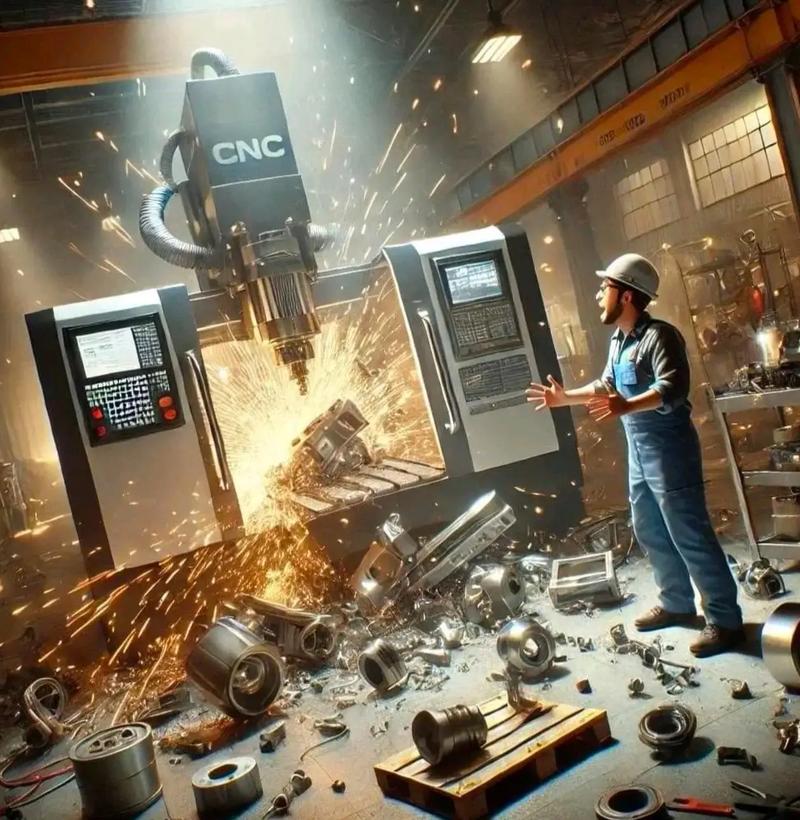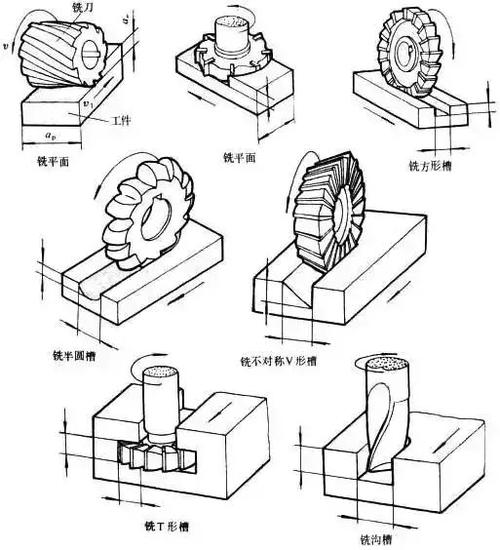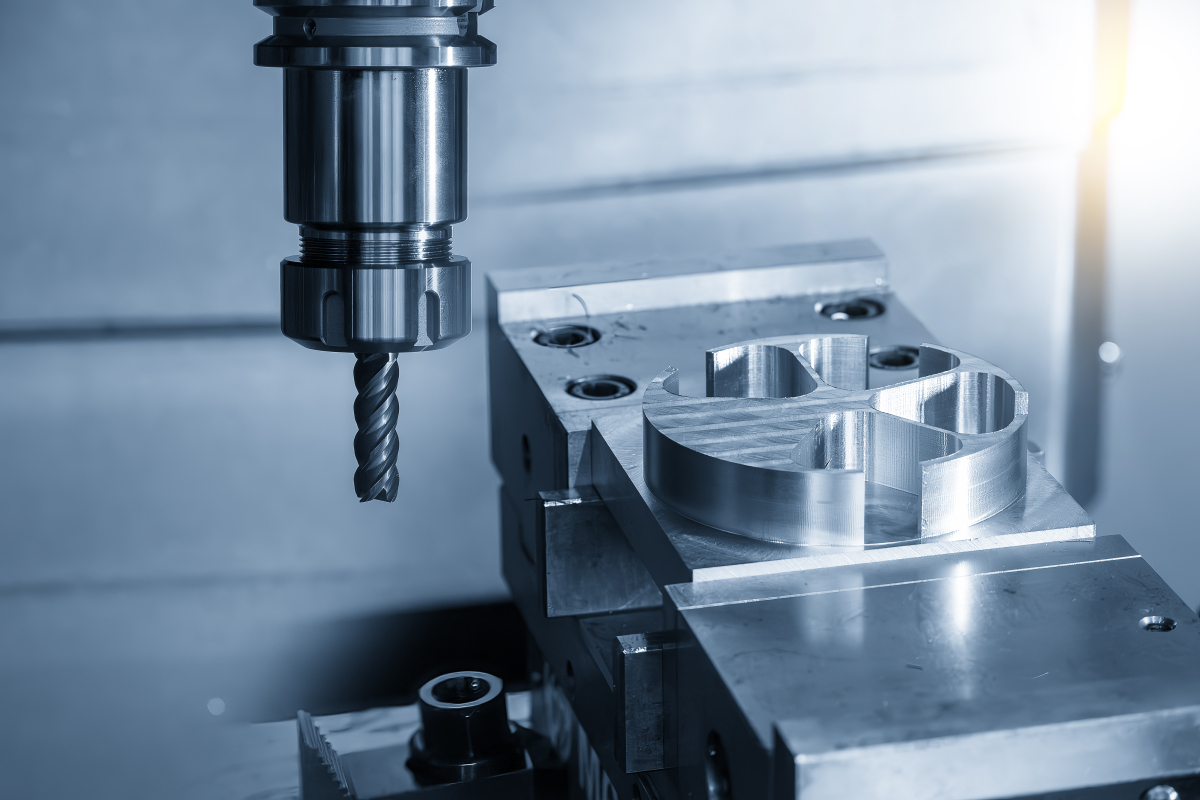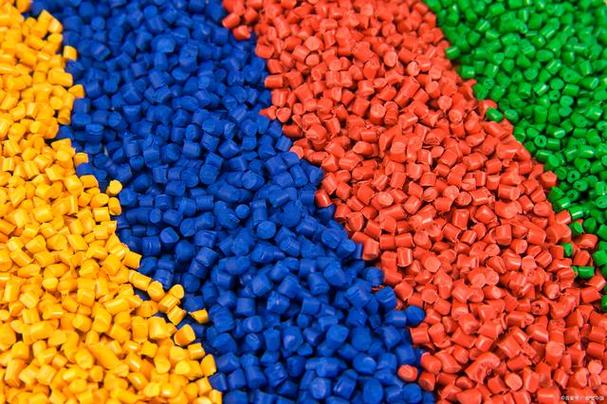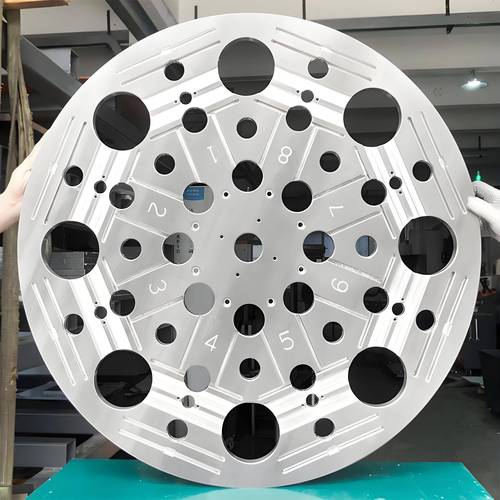1. Answer
A CNC prototype is a physical product model created through Computer Numerical Control (CNC) machining. It uses pre-programmed software to guide machine tools (e.g., milling machines, lathes) to precisely carve materials like metal or plastic based on 3D design files. This method produces high-accuracy prototypes (±0.01mm precision) for testing functionality, aesthetics, and structural integrity during product development. It’s widely used in industries like automotive, aerospace, and medical devices .
2. Explanation (Metaphor)
Imagine CNC prototyping as a robot sculptor with a digital blueprint. If 3D printing is like stacking bricks to build a house, CNC machining is like chiseling a statue from a solid block of marble. The machine starts with a raw material (e.g., an aluminum block) and removes excess material layer by layer, guided by precise digital instructions. This “subtractive” process ensures the final prototype is as smooth and accurate as a handcrafted masterpiece, making it ideal for parts requiring strength and tight tolerances—like a custom car engine or a medical implant .
3. Knowledge expansion
Key Advantages
- Precision: CNC prototypes achieve micron-level accuracy (±0.01mm) and mirror-like surface finishes (Ra 0.8μm), critical for aerospace components or surgical tools .
- Material Flexibility: Supports metals (aluminum, stainless steel), engineering plastics (ABS, nylon), and composites. For example, aluminum alloys are preferred for lightweight, high-strength parts like smartphone casings .
- Complexity Handling: Five-axis CNC machines can carve intricate geometries (e.g., turbine blades) by rotating the tool and workpiece simultaneously, reducing setup time and errors .
Process Flow
- Design: CAD software creates a 3D model, which CAM software converts into machining instructions.
- Machining: High-speed spindles (up to 15,000 RPM) cut the material using milling, turning, or laser cutting .
- Post-Processing: Techniques like anodizing (for corrosion resistance) or polishing enhance durability and appearance .
Industry Applications
- Automotive: Prototyping engine parts to test performance under extreme conditions.
- Consumer Electronics: Rapid production of lightweight, heat-dissipating smartphone frames.
- Medical: Custom prosthetics and surgical guides requiring biocompatible materials and tight tolerances .
While 3D printing excels in complex shapes and low-cost prototyping, CNC machining remains unrivaled for metal parts needing strength and precision. The choice depends on the project’s requirements: 3D printing for creativity, CNC for engineering rigor .

